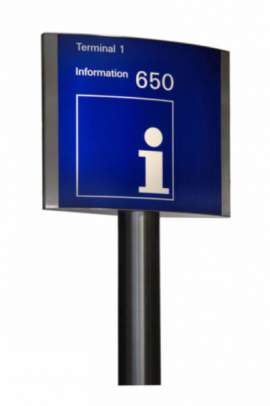
How Was Drug Scheduling Created?

Drug scheduling was created in an effort to provide a basis or guidelines for drug laws, by categorizing certain drugs and controlled substances according to their potential harm in terms of addiction and abuse. The concept was initially introduced in 1970, with the first of the very significant drug laws of modern times, the Controlled Substances Act. The passage of this drug law made it viable for it to become the official and Federal legislation governing drug laws for the United States. The nature of scheduling drugs in precluding the various qualifications to be included in each of the sections of the drug law would undoubtedly require intensive research and study. The Drug Enforcement Administration and the Food and Drug Administration would, according to this drug law, become the two Federal Government agencies that would be assigned in determining which substances were to be included in the controlled substance lists and how they would be classified into the appropriate drug schedule. Initially, it was Congress that created the first drug schedule classification and list. The creation of drug scheduling does not necessarily provide for any formal legal implications, however, it does serve as a guide to provide for the consideration of rendering certain drugs or controlled substances as illegal. The Drug Schedule is divided in to five sections, each providing for a comprehensive list of drugs and chemicals that are considered to meet the guidelines of a particular schedule. One of the main components used for consideration while placing substances in to their respective schedules in drug laws is the possibility of addiction of abuse. If there is no viability for a substance to be abused, it cannot be considered to be controlled. There is no formal definition of what the "potential for abuse" is in the legislation of the CSA. However, there are four general guidelines that are considered: 1) Prior evidence exists that the drug or substance is being used in sufficient amounts to create health or safety hazard to him/herself or the community. 2) There is significant diversion of the drug or substance from legitimate drug sources 3) The drug or substance is being used under an individual's own initiative or impulse, and not under the care or advice of medical practitioner. 4) A new drug that has relation or has as a precursor another drug already included on the list. If the new drug is similar in its chemical make-up or effects, it can be assumed that it will have a similar effect, and thus, consideration to be included in the list is a logical and responsible decision. Determining the addiction or abuse potential is crucial to labeling and placing a particular controlled substance in a certain schedule. Drug laws have used the determining factors of the schedules as a way to impose certain restrictions and penalties depending on the nature of the controlled substance. The CSA drug laws, particularly scheduling, have been debated in regards to the placement of certain controlled substances or drugs into more restrictive tiers in the schedules themselves. A key example is heroin, found under the provisions of Schedule I, while morphine and opium are found in Schedule II. The paradox that exists is that heroin is a direct derivative of opium, and yet is considered to be more addictive and abused than opium. The argument stands at labeling heroin as twice as potent than morphine, but yet still considered illegal. Morphine is a legal controlled substance and used widely in medical practices for sedation purposes. Even though heroin is an illicit drug, morphine has been proven to be extremely addictive and has a propensity to be abused. The only significant difference being that heroin has not been found to be of medical use or value, while morphine is accepted in the medical realm as a sedative. Another example is that tobacco and alcohol are excluded from all schedules and the exemption has been a subject of controversy. Alcohol and tobacco are not only legal substances, but they are widely used throughout the world. Alcohol and tobacco have both been proven to be liable to addiction and abuse--nicotine being the key chemical in tobacco products and arguably more addictive than other illegal controlled substances such as cocaine and heroin. The health hazards of alcohol and tobacco products are well-documented and both have the capability of rendering serious side effects of which death is ultimately a factor. The exclusion of these two substances has been an issue of controversy and still being debated today. It is important to note that caffeine, another widely used substance, is also excluded. Neither of these three substances are subject to any particular drug laws, though alcohol and tobacco are regulated in terms of age requirements for their purchase.



















